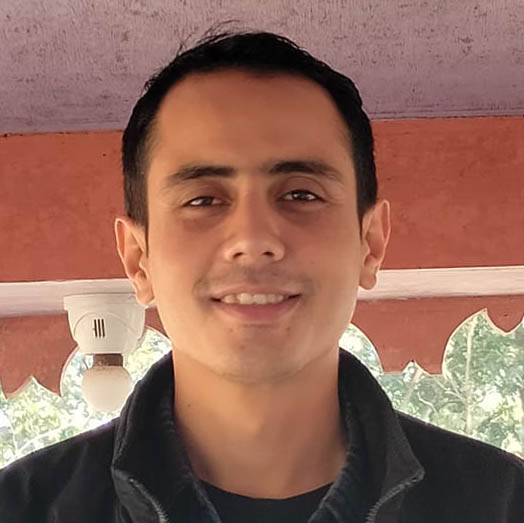Valley
Govt directs local bodies to take lead
The government has decided to mobilise local bodies in all 14 districts worst-hit by last year’s earthquakes to lead reconstruction efforts in their respective areas.
Gaurav Thapa
The government has decided to mobilise local bodies in all 14 districts worst-hit by last year’s earthquakes to lead reconstruction efforts in their respective areas.
According to the government, local development officers of the 14 District Development Committees, chief and executive officers of all the municipalities and Village Developmet Committee secretaries of the 14 districts will take a lead role in data collection, identification of victims, coordination between technical manpower, and information dissemination, among others.
Ministry of Federal Affairs and Local Development has written to the DDCs of Kathmandu, Lalitpur, Bhaktapur, Gorkha, Sindhupalchok, Kavrepala-nchok, Rasuwa, Dhading, Nuwakot, Makwanpur, Dolakha, Ramechhap, Sindhuli and Okhaldhunga as well as to all the municipalities and VDCs in these districts highlighting their roles.
“The role of local bodies is very important in reconstruction one year after the earthquake,” Under Secretary at MoFALD Prakash Dahal said. “VDCs and municipalities should lead reconstruction efforts of all private houses in their respective areas.”
The government has highlighted 14 different roles for local bodies. They have to prepare inventory of destroyed buildings, identify victims eligible for relief, open bank accounts for the victims, coordinate technical aspects of reconstruction, issue building construction permits, mobilise local community, NGOs and volunteers, prepare progress reports and formulate five-year recovery and reconstruction plan.
The local bodies have been tasked as per the National Reconstruction Policy 2015 and other government decisions regarding reconstruction after the April 25 earthquake of last year and its aftershocks, according to Dahal.
But media reports suggest that government officials have been reluctant to join the National Reconstruction Authority, the apex body for rebuilding efforts.
An Organisation and Management survey conducted jointly by the Prime Minister’s Office and the NRA has concluded that at least 208 staffers, including 17 joint-secretaries and 36 under-secretaries, will be required for the authority.
The Ministry of General Administration, the body responsible for arranging human resources required for government bodies, has deployed only a few junior-level officials for the reconstruction body. Some of the officials who had earlier joined the NRA are seeking transfer to other offices.
There were suggestions that senior government officials are reluctant to work under an “untested” chief executive. Lack of clarity on career prospects and possible action of anti-graft bodies while dealing with a huge amount of money to the tune of $4.1 billion, are other deterrents.
Earlier, NRA Spokesperson Ram Thapaliya admitted that the authority was considering recruiting staff “on contract” after the government had delayed providing human resources.
The absence of civil servants has affected NRA plan to establish sub-regional offices, which should have been completed by mid-January, giving an impression that the government’s move to mobilise local bodies as a stopgap measure.
The Gorkha Earthquake killed nearly 9,000 people, leaving more than 600,000 houses destroyed and around 300,000 damaged. Many quake survivors are still living in temporary shelters, most of whom have not received government relief yet.
Local development officers, chief and executive officers of municipalities and VDC secretaries of 14 districts to take lead in data collection, identification of victims, expert coordination and information dissemination




 9.12°C Kathmandu
9.12°C Kathmandu










